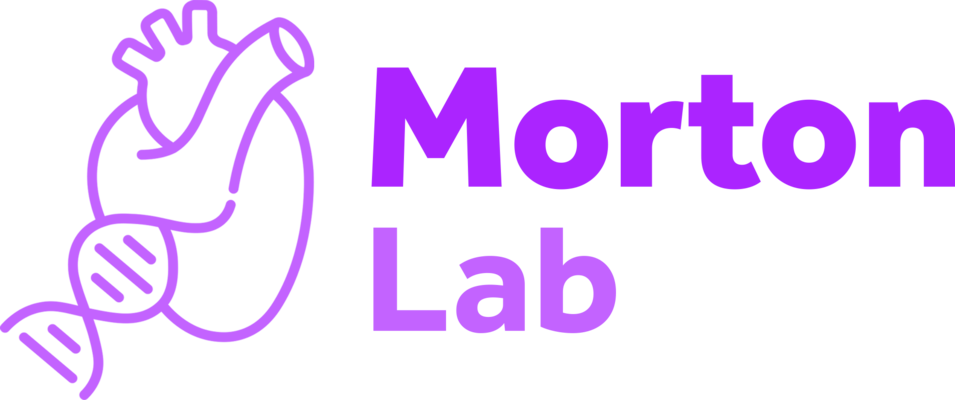BACKGROUND: Neural tube defects such as spina bifida (SB) are congenital anomalies associated with significant morbidity and mortality worldwide. Environmental factors, particularly folate, modify SB risk. Based on recurrence rates of SB within families, genetic risk also contributes to SB development. However, the effect of maternal folate intake on genetic risk for SB in Bangladesh has not been quantified.
METHODS: Genetic variants were imputed from array data of 112 infants with SB and 116 infants without SB. After quality filtering, genome-wide association was performed on 91 infants with SB and 97 without. Maternal folate intake and maternal nail arsenic concentration were included as covariates and interaction terms (SNP × Folate, SNP × Arsenic) along with maternal age, infant sex, and 10 principal components as covariates.
RESULTS: Two loci had variants nominally associated with SB: one within the coding region of WWOX, including rs7184417 (odds ratio [OR] = 6.20, p = 2.22E-06), and a second in the coding region of ISOC2 (rs4801638; OR = 0.24, p = 5.75E-06). With the gene-folate interaction, a locus in CNTN5 was associated with SB. After including the gene-arsenic interaction, the gene-folate interaction effect was nominally associated with a locus in CTNNA2.
CONCLUSIONS: Inclusion of maternal folate intake as a covariate and interaction term identified three genomic loci that could impact the risk for SB. A fourth locus was identified when maternal arsenic level was included. These nominal associations should be assessed in additional cohorts with larger sample sizes. Novel genes impacted by these loci may interact with previously reported genes for SB.

